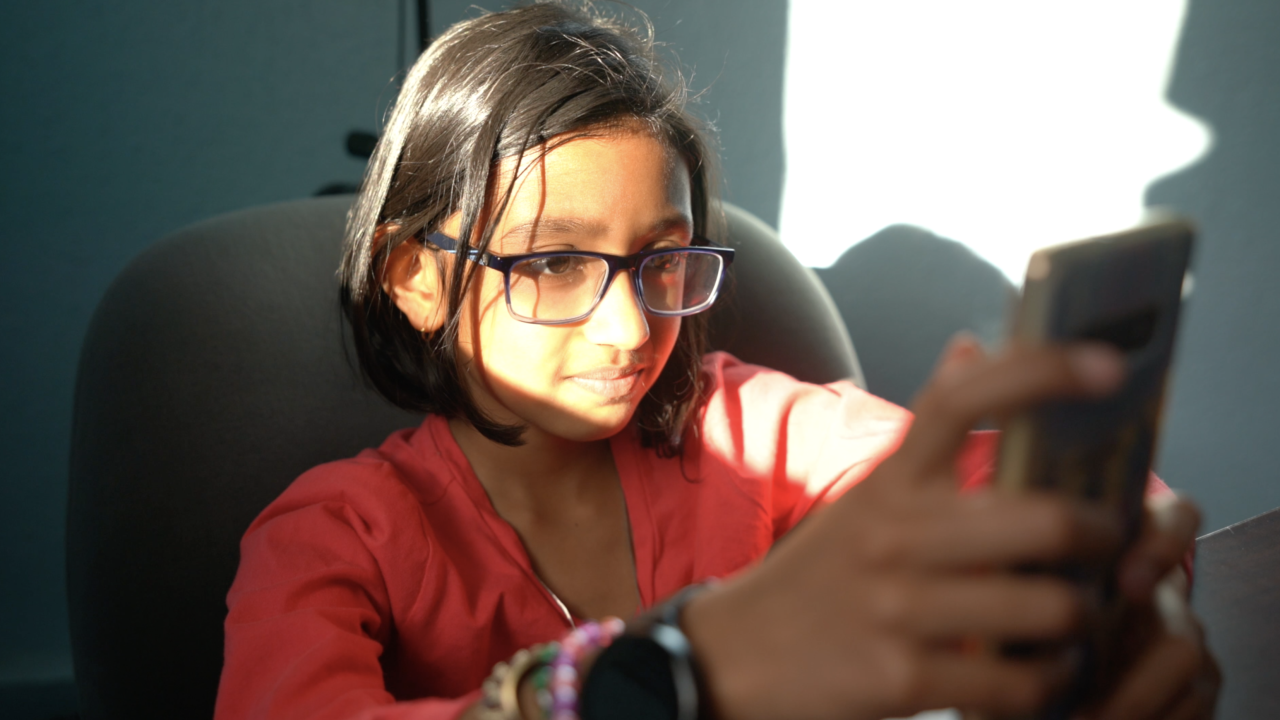Young Arya is well aware of her love for watching videos online. She's eight years old.
“Oh, I’m just gonna watch one more video," Arya said. "Oh no! This video came! One more… and it just like sucks you in.”
She was the inspiration for her father, Harsha Gangadharbatla, to conduct a study involving unboxing toy videos. He’s an associate professor in the college of media communication at University of Colorado Boulder.
“It's essentially children opening toys on camera and other children watching them open those toys and play with them,” Gangadharbatla said.
He found out about the phenomenon when a toy showed up on his daughter’s Christmas list that he had never heard of. It was $60 and only available on one website.
“When we saw that, we asked, 'where did you find this?'" Gangadharbatla said. "And she said, ‘Oh, you know, I saw somebody play with it, unbox it and open it.'”
He sent out a survey to parents with kids between the ages of 4 and 10 and asked them a series of questions about their children’s consumption of unboxing videos.
“Surprisingly, we found about 78% of the parents we surveyed said that their children watch unboxing videos regularly,” Gangadharbatla said.
He says children who spend a lot of time watching these videos are more likely to want the toys afterward.
“There is a strong relationship between the amount of time somebody spent watching these videos and the subsequent behaviors that they exhibit, which is wanting those toys and asking their parents for their stories," Gangadharbatla said. "And if the parents say no— throwing tantrums, exhibiting emotional distress and things like that.”
Correlation doesn’t always mean causation, but as soon as Gangadharbatla realized what was going on with his daughter, he intervened.
“My parents were like, 'OK, we can't keep buying these toys,'" Arya said. "So, they banished me from watching it.”
Now, her view of toys is quite mature for her age.
“I don't need toys for life," Arya said. "Like yeah, if you have a few toys, you bond with them, but you don't need them to survive. So, I felt like bad for the environment and I decided that I don't want any toys. I have so many toys.”
Gangadharbatla says the best thing parents can do, while it may be easier said than done, is model positive behavior.
“Be present when you're with your child and not be on your phones or electronic devices because children really tend to model the behaviors that parents exhibit,” Gangadharbatla said.
He says he hopes to continue his research looking into the broader implications of watching other people buy things.
“Are we inadvertently teaching our kids the way to be happy is to buy new things?”Gangadharbatla said.
Though her interest in the types of videos she watches has changed, Arya says she still loves watching videos and hopes to become a YouTube star herself one day.
“Right now, I want to play video games,” Arya said.




